Soda
Perhaps, the easiest and most economical way - baking soda, which is available in almost every home. The advantage of this method can be considered its safety, since soda is not toxic.
- We moisten the seams with water, apply soda to them and let stand for a couple of minutes;
- we take a toothbrush and thoroughly clean the seams from dirt;
- if the area of contamination is large, then cleaning can be carried out with a bathroom brush;
- then we wash off everything with a shower or a watering can.
Laundry soap
There are two ways to clean seams with laundry soap. The first, simple, is that a toothbrush previously soaked in water is soaped and problem areas are treated. The second method is more time consuming.
- Finely grate the soap;
- in a container, mix with a small amount of water to get a concentrated solution;
- dip the toothbrush into the composition and process the necessary places, then rinse everything off with water.
Lime
Mix lime with water until the consistency of thick sour cream. After that we apply it to the dirt for half an hour. After the time has elapsed, we wash it off with water and see a tangible result.
Ammonia
Fill a two-liter bottle with a spray bottle with water and add a tablespoon of ammonia. We spray the contaminated areas and let stand for 20 minutes. Then we process it with a toothbrush and remove the remnants of the composition with clean water.
Special marker
A construction marker will help restore the former whiteness of the seams. It is odorless, harmless to humans, and its antiseptic properties prevent the appearance of fungi.
- Before applying the pencil, we clean the surface of dirt;
- we process the necessary areas with a marker;
- wait for the substance to dry.
High chlorine bleach
Disinfectants such as Whiteness Gel, Domestos, Komet and other thick bleaches will be effective in bleaching seams. They need to be applied with a toothbrush to the surface for 20 minutes, then cleaned from dirt and rinsed with water.
Industrial remedies
Car polish or antiseptic for concrete, for example, Uralteks-Biotrof, is applied to a surface previously cleaned of dust for half an hour. After it is cleaned with a toothbrush.
The powerful formulations of such products penetrate deeply into the structure of dirt and effectively fight them. Important to rememberthat they should not be used more often than once a year.
Hot steam
Not every home has a steam generator, but if you own one, then you are in luck. The owners of such a device do not need to use any cleaning agents, since they can simply handle the contamination with hot steam.
When processing, you need to use a toothbrush to better clean off dirt, and a napkin to remove condensation in time.
Melamine sponge
These sponges are versatile and can be used to clean tile joints. The main rule - the sponge must be very well moistened. Most likely, after the work, it will become unusable, but it will cope with its task for sure.
Take a look how to use a melamine sponge correctly.
Sandpaper to remove the top layer
If the contamination and fungal infections turned out to be so strong that the above methods cannot cope with them, you can resort to the method of mechanical processing with sandpaper.
- The putty layer that has been affected by the fungus is removed;
- the problem area is treated with an antiseptic composition, a primer;
- then a new layer of grout is applied.
Much easier regularly take care of tiles and not wait for the appearance of mold and mildew, than then fix the problem. Regular maintenance of tiles and joints will help to avoid time-consuming work and drastic measures.

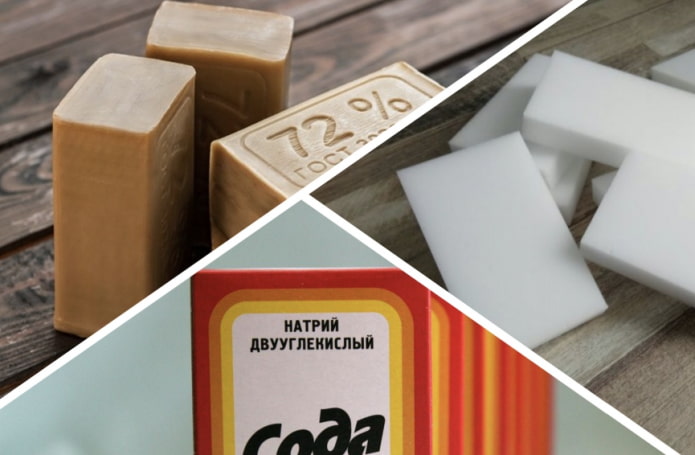
 10 practical tips for arranging a small kitchen in the country
10 practical tips for arranging a small kitchen in the country
 12 simple ideas for a small garden that will make it visually spacious
12 simple ideas for a small garden that will make it visually spacious
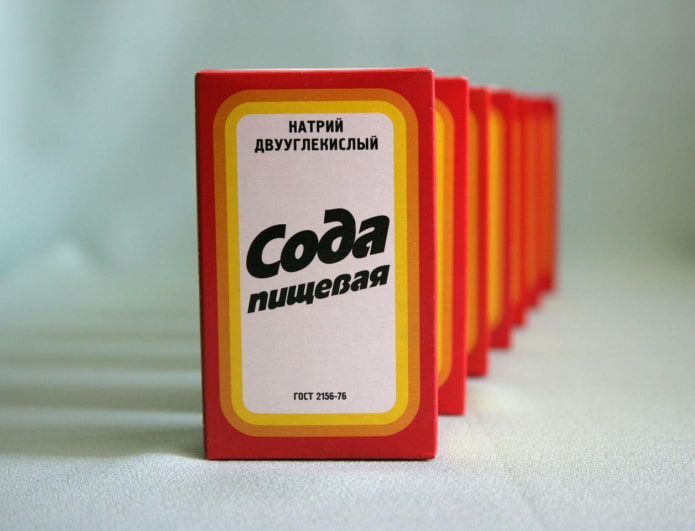
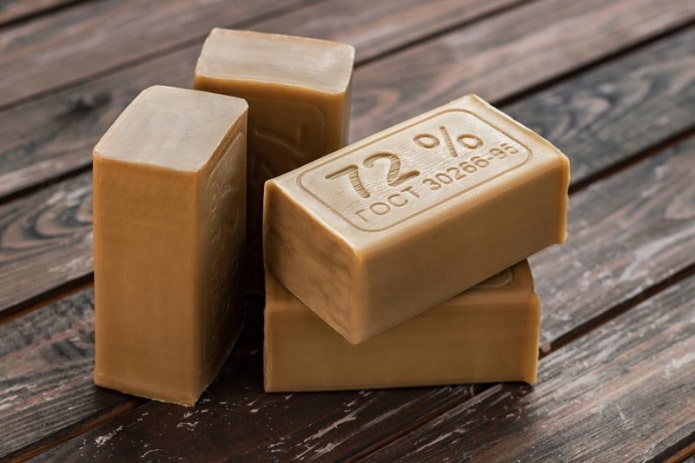
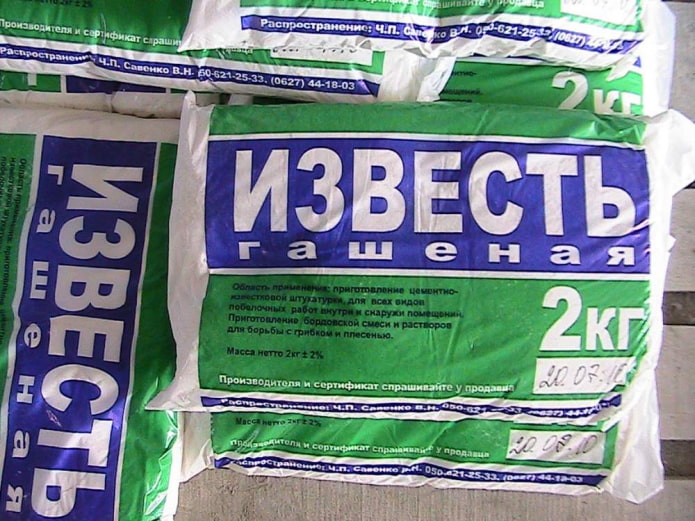

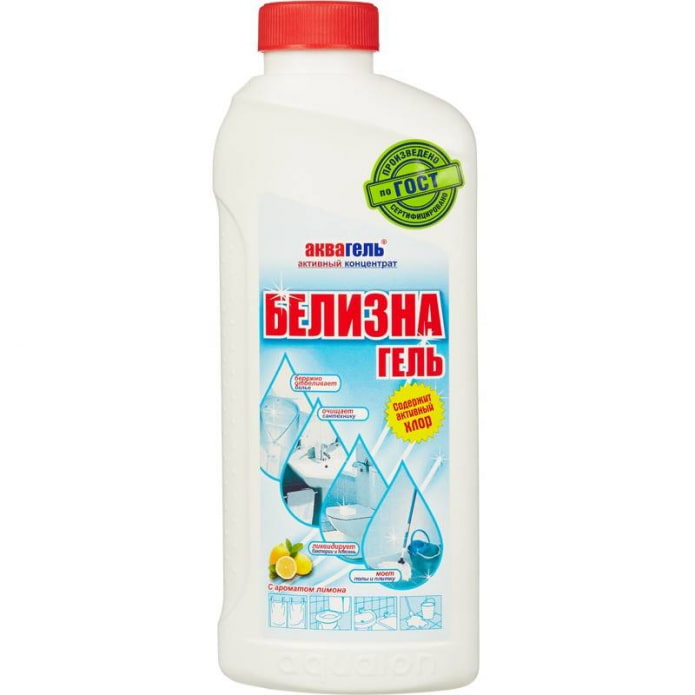
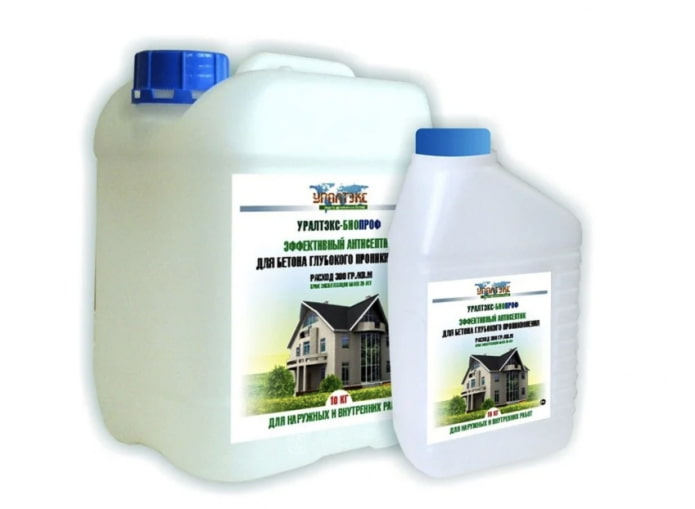
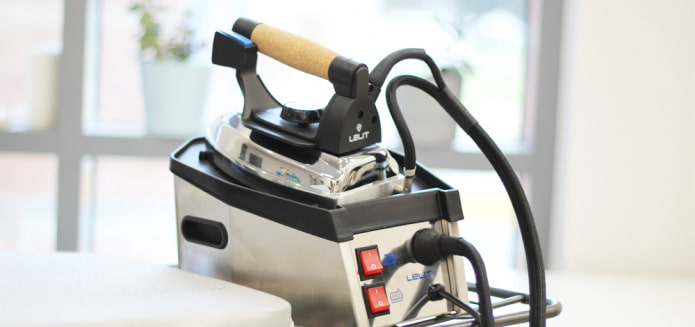
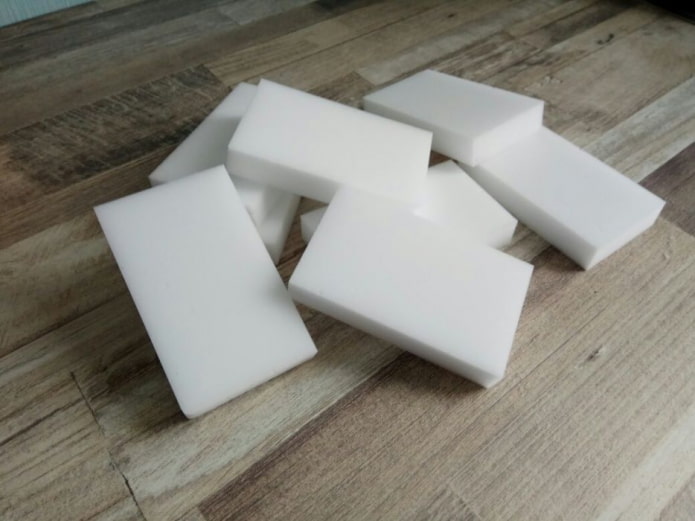
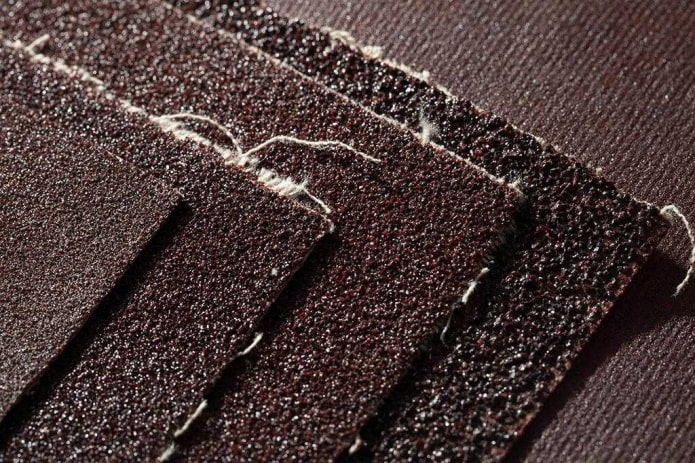
 What is better not to do it yourself during the repair?
What is better not to do it yourself during the repair? Bloated linoleum: how to fix it without disassembly
Bloated linoleum: how to fix it without disassembly The worst decisions in apartment renovation
The worst decisions in apartment renovation  Installation of ceiling tiles: choice of materials, preparation, order of work
Installation of ceiling tiles: choice of materials, preparation, order of work How to glue a ceiling plinth to a stretch ceiling?
How to glue a ceiling plinth to a stretch ceiling? Ceiling plinth for stretch ceiling: types, recommendations for selection
Ceiling plinth for stretch ceiling: types, recommendations for selection